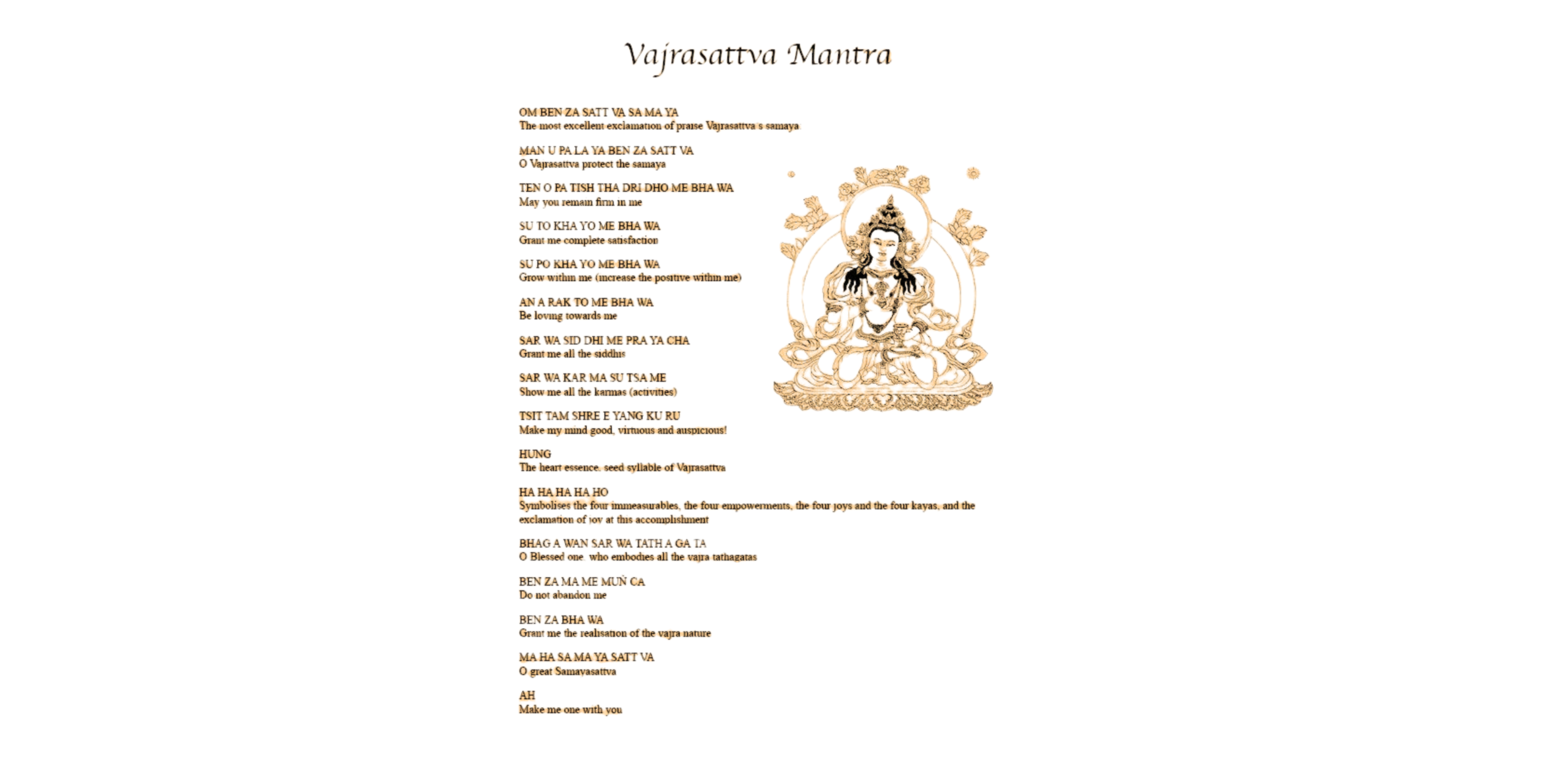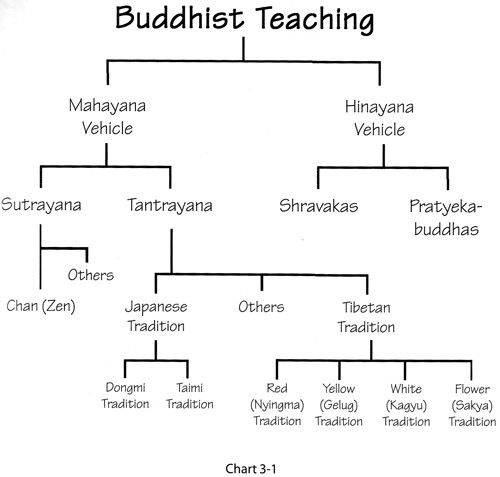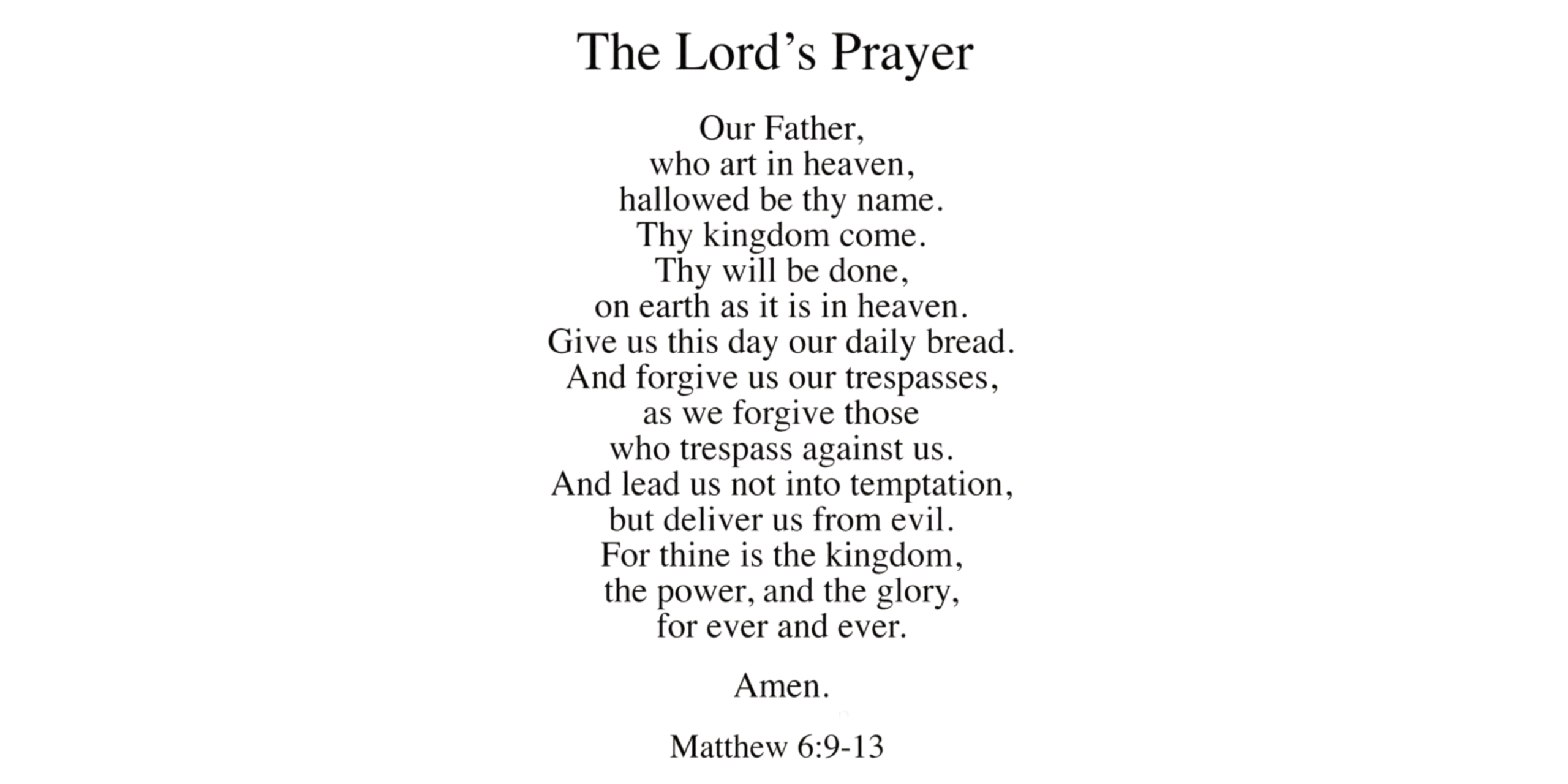Meditation is an ancient practice that has been around for thousands of years, rooted in Eastern traditions like Buddhism and Hinduism. Yet it’s more popular now than ever. Why? Because meditation works. It helps calm the mind and enhance overall well-being, and you don’t have to be spiritual or religious to do it. In fact, many people today practice meditation in a completely secular way – as a simple tool for stress relief and mental focus.
If you’ve ever felt overwhelmed by stress or just wanted a moment of peace in a busy day, meditation might be the answer. It’s about training your attention and awareness, often by focusing on something like your breath or a soothing sound, and gently letting go of distracting thoughts. Over time, this practice can bring a sense of calm, clarity, and balance to your life. In this post, we’ll explore the different types of meditation (there’s more than one way to meditate!), how meditation is used in daily life, and the many benefits it can offer. By the end, you’ll see why meditation has something to offer everyone, no matter your background or beliefs.
Types of Meditation
Meditation isn’t a one-size-fits-all activity. Think of it as an umbrella term – just like “sports” includes everything from golf to swimming, meditation encompasses a variety of techniques and traditions. Here are some of the most common types of meditation and what they involve:
- Mindfulness Meditation: This is one of the most popular forms in the West, and it originates from Buddhist practices. Mindfulness meditation is all about being present. You sit quietly and pay attention to your thoughts, feelings, and sensations without judgment – like an observer watching clouds pass by in the sky. If your mind wanders (and it will!), you gently bring your focus back to your breath or whatever anchor you choose. This type is great for beginners because you can do it alone anywhere, and it teaches you to accept each moment as it is.
- Spiritual Meditation: Spiritual meditation is used in many religions and spiritual traditions. It’s similar to prayer in that you reflect in silence and seek a deeper connection with your faith or the universe. There are many ways to do this depending on your background – Christians might meditate on a prayer, Sufis in Islam repeat a devotional phrase (dhikr), and Hindus or Buddhists might chant mantras. The goal is often to experience inner peace or divine connection. This style is ideal if you’re seeking spiritual growth or a stronger relationship with a higher power.
- Focused Meditation: As the name suggests, this involves focusing intently on one thing. It could be your breath, a single word, a mantra, or an object like a candle flame. You give your full attention to that focal point. If your mind drifts, you simply return your focus to the object. For example, you might concentrate on the sensation of air flowing in and out of your nostrils, or silently count each breath. Some people use tools like mala beads to count repeated mantras or prayers. Others might focus on a gentle sound like a gong or on visualizing a peaceful image. Focused meditation is excellent for training your attention span, and it’s a good starting point for beginners since there’s a clear objective (keep your attention on X).
- Movement Meditation: Not all meditation is done sitting still. Movement meditation is a meditative state achieved through motion. This can include yoga, tai chi, qigong, walking meditation, or even mindful dancing. The idea is to be fully present in your body as you move. For example, if you’re doing a walking meditation, you’d pay close attention to the feeling of the ground under your feet and the rhythm of your steps. Many people who find it hard to sit still enjoy this form – it’s an active way to cultivate mindfulness. Movement-based practices like yoga not only calm the mind but also improve flexibility and strength, so you get physical benefits too. It’s perfect if you feel relaxed and clear-headed when you’re in motion.
- Mantra Meditation: This technique revolves around repeating a word or phrase – a mantra – to focus the mind. The mantra can be a traditional one like “Om” or “Om Shanti” (which has spiritual significance), or it can be any word/phrase that resonates with you (even something like “I am calm”). You can chant it out loud or repeat it silently. The act of repetition gives your mind a simple task and gently pushes away distracting thoughts. Over time, the sound and vibration of the mantra can induce a deep sense of peace and awareness. Mantra meditation is common in Hindu and Buddhist traditions, but you don’t have to be religious to try it. Some people simply like it because focusing on a word is easier than focusing on the breath. A well-known form of mantra meditation is Transcendental Meditation (TM), which uses Sanskrit mantras and is taught by certified instructors. TM has been widely studied for its stress-relieving effects.
- Loving-Kindness Meditation (Metta): This is a heart-centered practice. In loving-kindness meditation, you systematically send warmth, compassion, and positive intentions to yourself and others. You might silently repeat phrases like “May I be happy, may I be healthy,” then extend these wishes to loved ones, acquaintances, and even people you have conflict with, and finally to all beings. The goal is to cultivate an attitude of unconditional kindness and empathy. It’s especially helpful when you’re dealing with anger or resentment, as it gently replaces those feelings with forgiveness and understanding. Research has shown that practicing loving-kindness can increase positive emotions and overall well-being. If you’re looking to foster more compassion towards yourself and others, this form of meditation is a beautiful choice.
- Visualization Meditation: In visualization, rather than focusing on the breath or a mantra, you focus on a mental image. This could mean picturing yourself in a serene scene – like sitting by a calm lake or walking in a lush forest – and engaging all your senses to make the image as real as possible. It can also involve visualizing positive outcomes or personal goals, essentially mentally rehearsing success or healing. For instance, an athlete might visualize performing at their peak, or someone recovering from illness might visualize their body healing. By holding these positive images in your mind, you aim to bring about feelings of peace, confidence, and motivation. Many people find visualization meditation helps boost their mood and reduce stress, because your brain often responds to imagined experiences similar to real ones.
Keep in mind: There’s no single “right” way to meditate. You can try different types and see what feels best for you. Some people even combine techniques – for example, using a focused approach (like counting breaths) to enter a mindful state, or combining movement with a mantra. The key is finding a practice that suits your lifestyle and goals. If sitting in silence isn’t your thing, maybe try a walking meditation. If you aren’t into spiritual aspects, a simple mindfulness or breathing exercise might resonate more. The diversity of meditation means there’s likely a style that clicks with you.
Uses of Meditation
People meditate for many reasons, and over the years meditation has found its way into all sorts of settings. Here are some common ways meditation is used in daily life and society:
- Stress Relief in Daily Life: One of the most popular uses of meditation is simple stress reduction. Taking even 5 or 10 minutes to breathe deeply and quiet your mind can do wonders when you’re feeling overwhelmed. Many folks integrate short meditation breaks into their day – for example, a quick session in the morning to start fresh, a few deep breaths during a hectic workday, or a calming meditation before bed to unwind.
- Mental Health and Therapy: Meditation is increasingly used as a complementary therapy for mental health. Psychologists and counselors incorporate mindfulness techniques into treatments for anxiety, depression, and PTSD. In fact, structured programs like Mindfulness-Based Stress Reduction (MBSR) and Mindfulness-Based Cognitive Therapy (MBCT) use meditation practices to help people manage stress and avoid negative thought patterns. These approaches have been quite successful in clinical settings, helping patients feel more centered and resilient. If you’re working with a therapist, you might even be guided through breathing exercises or body scans to cope with anxiety.
- Spiritual and Self-Discovery Practices: Of course, meditation remains a core practice for those on a spiritual path. Whether it’s used in prayer, contemplation, or yogic practices, many people meditate to seek a sense of connection – be it connection to God, the universe, or their own inner self. Even outside formal religion, some use meditation for self-discovery and personal growth. Sitting in stillness can help you become more aware of your values, your mind’s habits, and what truly matters to you. Over time, this leads to greater self-awareness and can be a tool for personal transformation.
- Workplace and School: Believe it or not, meditation has entered offices and classrooms too. Companies (from startups to big corporations) sometimes offer meditation or mindfulness sessions for employees to help manage stress and prevent burnout. A calm, focused mind can boost productivity and creativity, so employers see it as a win-win. Similarly, schools have started introducing mindfulness exercises for students, helping kids improve concentration and emotional regulation. Just a few minutes of guided breathing in a classroom can help students settle down and learn better.
- Sleep Aid and Relaxation: Many people turn to meditation as a natural sleep aid. If you struggle with an active mind at night, a guided sleep meditation can help you let go of the day’s worries and ease into rest. Practices like body scan meditation (progressively relaxing each part of your body) are commonly used to promote better sleep. By focusing the mind on gentle cues to relax, meditation can quiet those racing thoughts that keep you up. It’s a healthier alternative to scrolling on your phone before bed, and often much more effective at helping you fall asleep peacefully.
- Pain Management and Health: Meditation isn’t just for the mind – it’s used in healthcare settings to help with physical conditions too. Chronic pain clinics, for example, often teach patients mindfulness meditation to cope with pain. By changing one’s relationship to discomfort (observing sensations rather than panicking about them), patients can actually feel less pain and suffering. Likewise, meditation and breathing techniques are used to lower blood pressure, improve digestion (stress can upset the gut, and calming the mind can help), and even bolster the immune system. Doctors and wellness coaches often recommend meditation alongside standard medical treatments, as part of a holistic approach to health. It’s not a cure-all, but it can be a powerful supportive practice for many ailments.
In short, meditation has many uses – from the mundane (de-stressing after a long day) to the profound (seeking enlightenment). Whether you’re an office worker, a student, a parent, or a retiree, there’s a place for meditation in your life if you want it. You can make it as secular or as spiritual as you prefer. That flexibility is part of why it’s become so popular worldwide.
Benefits of Meditation
Meditation comes with a whole host of benefits for both mental and physical health. It’s pretty amazing how such a simple practice – sitting quietly and focusing your mind – can ripple out into positive changes in your daily life. Let’s break down some of the well-known benefits, backed by research:
- Reduces Stress and Anxiety: This one is huge. Stress relief is the number one reason many people try meditation, and for good reason. By calming the mind and slowing down racing thoughts, meditation helps dial down the body’s stress response. Regular practice has been shown to lower levels of cortisol, the stress hormone, which over time can benefit everything from your sleep to your blood pressure. In one review of 1,300 adults, meditation was found to significantly reduce anxiety – and interestingly, it helped the most in those with high anxiety to begin with. In simple terms: when you meditate, you’re giving your nervous system a chance to relax, which can make you feel less anxious and more in control.
- Improves Emotional Well-Being: Meditation can lead to a more positive outlook on life. By sitting with our thoughts, we learn not to react so harshly to them, which can translate into better mood and emotional resilience. Some forms, like mindfulness and loving-kindness meditation, are particularly good at boosting emotional health. Studies have found that mindfulness meditation can reduce symptoms of depression and increase feelings of life satisfaction. People often report feeling happier and more emotionally balanced when they meditate regularly. It’s not a overnight magic pill, but over time, meditation teaches you to observe negative thoughts without getting stuck in them, which can be really uplifting and empowering.
- Enhances Self-Awareness: Ever feel like you’re on autopilot or don’t fully understand why you react a certain way? Meditation can help with that. It encourages a deep level of self-reflection. Certain practices (for example, a self-inquiry meditation or mindfulness of thoughts) shine a light on your thought patterns and habits. As a result, you become more aware of you – your motivations, your triggers, your strengths, and weaknesses. Research suggests that meditation can help you recognize harmful thought patterns and steer them in a more constructive direction. By spending quiet time with yourself, you essentially get to know yourself better. This improved self-awareness can lead to personal growth and better decision-making in everyday life.
- Better Focus and Concentration: If you’ve ever wished you could concentrate better or not get so easily distracted, meditation is like a workout for your brain’s attention muscle. Focused-attention meditation (such as concentrating on the breath or a single point) has been compared to weightlifting for your brain – it strengthens your ability to stay on task. Even a short daily meditation practice can improve your attention span. For instance, one study found that just 13 minutes of meditation daily enhanced participants’ attention and memory after 8 weeks. Many people notice they’re more productive and find it easier to concentrate at work or study after incorporating meditation into their routine. It’s like cleaning the mental clutter so you can focus on what matters.
- May Help Memory and Brain Health: Along with better focus, meditation might also keep your mind sharp as you age. Some research on older adults has shown that meditation can improve memory and cognitive speed. There’s even a specific technique from the Kundalini yoga tradition, Kirtan Kriya, that involves chanting and finger movements, which studies suggest can improve memory in older people. While more research is needed, these findings are promising – meditation could be a simple way to support your brain health and possibly fend off age-related memory loss. At the very least, the improved concentration and mental clarity from meditation can help you remember things better day-to-day.
- Fosters Compassion and Kindness: One beautiful benefit of meditation – especially loving-kindness (Metta) practice – is that it can make you kinder and more compassionate. By actively cultivating feelings of goodwill toward yourself and others during meditation, you train your heart to be more open. Over time, this can increase empathetic behavior and reduce feelings of anger or resentment. In fact, a review of 22 studies on loving-kindness meditation found it significantly boosts people’s compassion for themselves and for others. Even outside of formal Metta practice, many meditators report becoming more patient and gentle in daily interactions. It’s like exercising your “empathy muscle.” When you regularly send out positive vibes in meditation, it often translates to a friendlier, more understanding attitude in real life.
- Assists in Addiction Recovery: Meditation is increasingly recognized as a helpful tool for people trying to overcome addictions or unhealthy habits. How does it help? By increasing your self-control and awareness of triggers. The mindfulness skills you gain can make you less reactive to cravings. For example, studies have shown that meditation can reduce cravings and stress for people recovering from substance use – one study found that practicing Transcendental Meditation for 3 months was linked to lower stress and fewer alcohol cravings in people with alcohol use disorder. Mindfulness techniques are also used to help with eating disorders and smoking cessation, by teaching individuals to ride out cravings without giving in. Essentially, meditation helps put some space between you and the urge, so you’re better equipped to choose a healthy response. It’s a wonderful supplement to formal addiction treatment, adding a layer of mental fortitude.
- Improves Sleep: If you spend nights tossing and turning, meditation might offer some relief. A calm mind makes it easier to fall asleep and stay asleep. Meditation techniques promote relaxation, which is key for good sleep. In a study, people who took a mindfulness meditation program ended up sleeping longer and had less severe insomnia compared to those who didn’t meditate. By practicing meditation, you learn to gently let go of the racing thoughts that often fuel insomnia. It also helps relax your body – slower breathing, lower heart rate, reduced tension – which signals to your system that it’s OK to switch off and rest. Many folks use guided bedtime meditations or soothing breathing exercises as part of their nightly wind-down routine. It can turn bedtime from a battle into something peaceful.
- Manages Pain: Chronic pain isn’t just a physical sensation; it has a mental and emotional component too. Meditation can actually alter your perception of pain. By practicing mindfulness, people often find they can experience pain with less distress – in other words, the pain may still be there, but it bothers them less. Scientific reviews have found that meditation programs can help decrease pain in those with chronic pain conditions. Sometimes, it even improves quality of life for these individuals, helping with the depression or anxiety that can come with chronic pain. The mechanism isn’t magic; meditation likely works by reducing stress (which can worsen pain) and by teaching non-reactivity (not panicking or tensing up as much when pain flares). Many pain clinics suggest meditation as part of a multi-pronged pain management plan. It’s a natural, self-empowering tool to have in your toolkit if you suffer from headaches, back pain, or any persistent pain.
- Supports Heart Health (Lowers Blood Pressure): Your mind and heart are connected – when you’re mentally at peace, your heart tends to benefit. High stress and high blood pressure often go hand in hand. By reducing stress, meditation can relieve some of the strain on your heart. Research indicates that regular meditation can modestly lower blood pressure, especially in people who have elevated levels to start with. Lower blood pressure means your heart doesn’t have to work as hard to pump blood, reducing the risk of heart disease. Meditation appears to activate the body’s relaxation response (the opposite of the fight-or-flight response), which can lead to less tightening of blood vessels and a calmer cardiovascular system. Of course, meditation is not a substitute for medication or a healthy lifestyle, but it’s a wonderful complementary practice for heart health. Plus, it costs nothing and has no side effects – can’t beat that!
And beyond all these specific benefits, one of the greatest things meditation offers is a sense of inner peace and balance. Many people find that even if they start meditation for one reason (say, to handle stress), they discover other positive changes (like being more focused, or kinder to themselves). It can truly improve your overall quality of life, helping you feel more grounded and present each day.
Getting Started with Meditation
By now you might be thinking, “This sounds great, but how do I actually start?” The good news is that meditation is accessible to everyone. You don’t need any fancy equipment or special location – just a few minutes and a willing mind. Here are a few tips if you’re new to meditation:
- Start Small: In the beginning, even 5 minutes of meditation is fine. Consistency is more important than long sessions. You can gradually increase the time as you get comfortable. For instance, try sitting quietly and focusing on your breath for five minutes every morning. Over time, you might work up to 15 or 20 minutes, but there’s no rush.
- Find a Comfortable Spot: You don’t need a perfect Zen garden or a meditation cushion (though if you have one, great!). Any quiet corner where you won’t be disturbed will do. Sit in a position that is relaxed yet alert – it could be on the floor, on a chair, or even lying down if necessary. The key is that you feel stable and at ease, so your mind isn’t constantly distracted by discomfort.
- Choose a Focus: Especially for beginners, it helps to have an anchor for your attention. This could be your breathing, a simple mantra you repeat, or even a calming piece of music or nature sounds in the background. Having a point of focus gives your mind somewhere to return to when it wanders (which it will, and that’s okay!).
- Be Kind to Yourself: Remember, there’s no such thing as a “bad” meditation. If you sit down and your mind feels all over the place, that’s normal. Some days are easier than others. The goal isn’t to magically stop thinking (spoiler: nobody can do that). The goal is to notice when you’re lost in thought and gently guide your attention back to the present. Treat those stray thoughts with a “oh well, back to breathing” attitude, rather than frustration. With practice, it gets easier.
- Consistency is Key: Try to make it a daily habit, even if it’s just a few minutes. Like any skill, meditation grows stronger with regular practice. Maybe set a routine – for example, meditate every night before bed, or first thing in the morning, or during a lunch break. Keeping a regular time helps reinforce the habit. But if your schedule is chaotic, no worries – just fit it in whenever you can, and congratulate yourself for making the time.
Lastly, consider seeking out resources and support if you need a little guidance. There are many great meditation apps, videos, and books out there for beginners. Guided meditations (where an instructor talks you through the process) can be extremely helpful. If you prefer a group setting or more personalized instruction, you might join a local meditation class or workshop. Practicing with others can provide motivation and a sense of community. In fact, experts suggest that having a supportive group or teacher can improve your chances of sticking with meditation.
In conclusion, meditation is a simple practice with profound potential. It’s a tool for mental clarity, emotional stability, and even physical health. Most importantly, it’s a way to foster a kinder, more present relationship with yourself and the world around you. So, if you haven’t already, give it a try! Find a quiet spot, take a few deep breaths, and see what happens. Your mind and body will thank you, and we at Masi Wellness are here to support you on that journey towards greater wellness and calm.
At Masi Wellness, we offer meditation and mindfulness sessions as part of our wellness programs, designed to help individuals find the style that works best for them. Whether you’re looking to manage stress, improve your focus, or just cultivate a bit more peace in your life, our guided sessions provide a gentle introduction to meditation in a supportive environment. We believe that with a little guidance and consistency, anyone can tap into the benefits of meditation.







